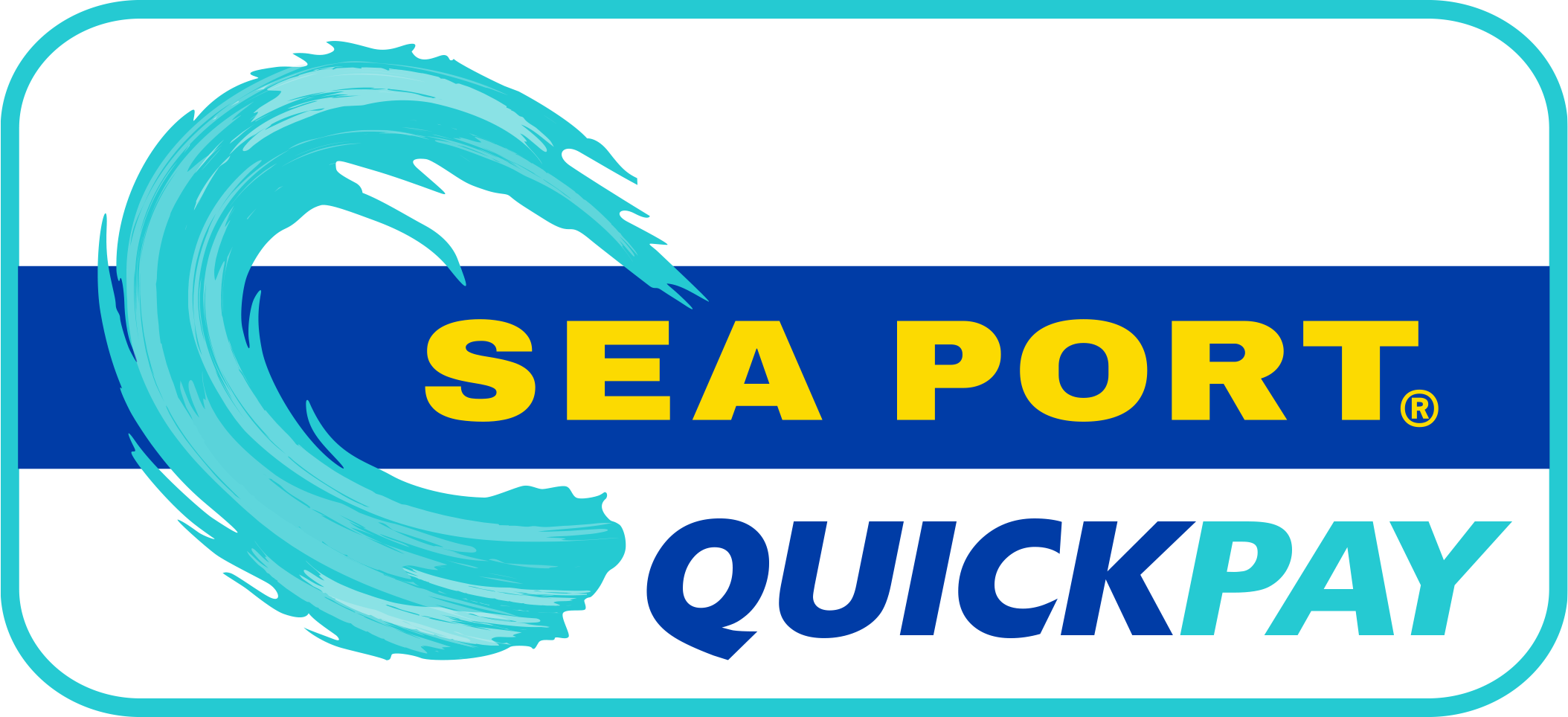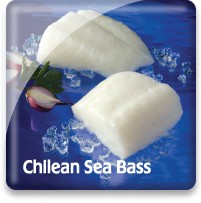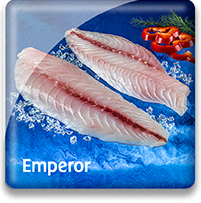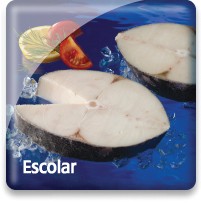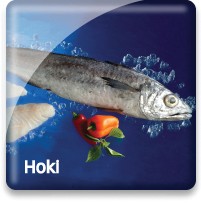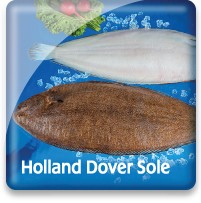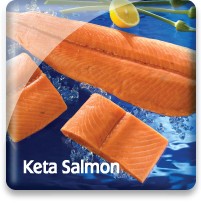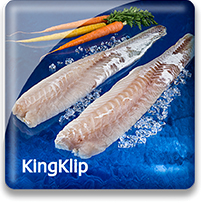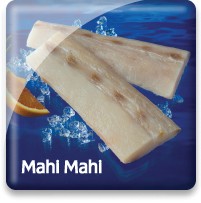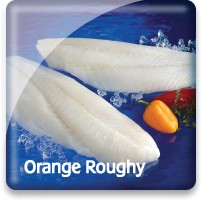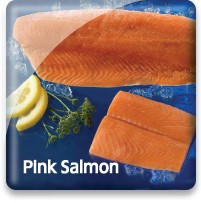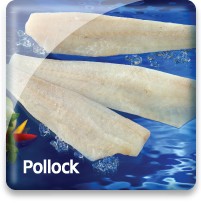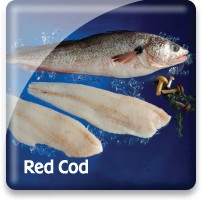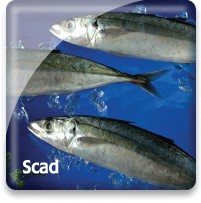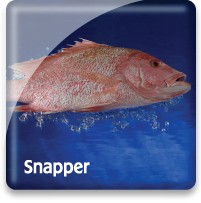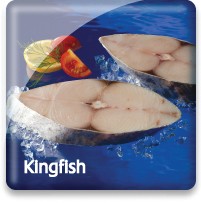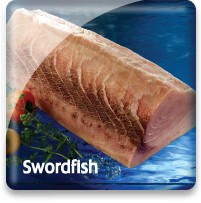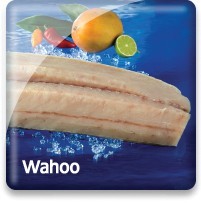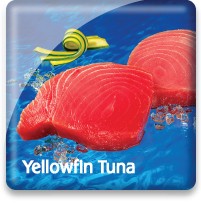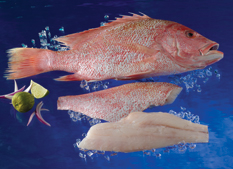
Snapper

Market Name: Eating QualitiesSnapper adapts well to any style of cooking method and has a sweet mild taste.    |
Description & CharacteristicsSnapper is a red-colored fish growing to as much as 35 pounds, although most commercial fish are much smaller, around eight to ten pounds. The premium commercial size is between two and four pounds, giving a natural fillet of about 10 ounces. The species is distinguished from other snappers by the color pattern of rose red skin on top, becoming lighter towards the underside. It has big, bright red eyes. It also has longer pectoral fin than other snappers. The black spots, typical of many snappers, are present on smaller fish, but often faint or missing on older and large fish. The fins are red, the dorsal fin edged with orange.
Snapper can grow to over 130 pounds.
Other Resources |
Handling Instructions for Snapper
Frozen snapper fillets should be stored at or below 0°F (-18°C) and then thawed properly when ready to cook. Our snapper has an 18 month frozen shelf life. Links to proper seafood handling instructions: NOAA - Fish Watch: Handling Seafood and A Consumer Guide to Safe Seafood Handling.
Thawing Snapper
Thawing is accomplished by placing the fillets in a sealed plastic container or bag and placing in the refrigerator (33 to 39°F) for 12-24 hours. This is our recommended thawing method for fillets. Fillets that are not consumed promptly after thawing need to be refrigerated between 33 and 39°F and totally consumed in 2-3 days.
Important Instructions for Snapper
Consuming the fillets immediately after proper thawing yields the best quality.
The Federal Food, Drug and Cosmetic Act now requires that all foods that are not raw agricultural commodities and that contain a major food allergen be labeled to clearly identify the name of the food source form which the allergen is derived. (21 CFR U.S.C. 343(w)(1)). The act defines eight foods, and any ingredients derived from these foods as major food allergens: Fish, Crustacean Shellfish, Milk, Eggs, Tree Nuts, Peanuts, Wheat & Soybeans. The name of the food source that must be listed on the label for fish or crustacean shellfish must be the specific type of fish or crustacean shellfish. The market names of species of fish and crustacean shellfish should be used to identify the food source of these two major food allergens. If you intend to re-pack these seafood products, be sure the allergen is declared in either one of two ways:
1) Within the list of ingredients
or
2) In a separate “Contains” statement immediately after or adjacent to the list of ingredients.
Consult the Fish and Fishery Products Hazards and Controls Guidance, Fourth Edition, Chapter 19 for more detailed information on the labeling of food allergens.
Cooking Tips
Snapper fillets can be prepared using a wide variety of cooking techniques. Link to snapper fillet cooking tips and recipes.
Thailand
With more than 1,550 miles of coastline, Thailand—officially, the Kingdom of Thailand—has become one of the world’s leading seafood suppliers. Primary seafood products from Thailand include cultured (farmed) shrimp sold in various value-added forms as well as canned seafood—predominantly tuna.
With a focus on constant improvement of shrimp farming techniques to reduce impacts on the environment, as well as the development of new, value-added products, Thailand has emerged over the years as one of the leaders in this beloved seafood category.
In the tuna category, Thailand is a major global producer of canned tuna, much of it caught by vessels from other countries that bring it, frozen, to Thailand to be canned.
Indonesia
The country we refer to as Indonesia is actually an Archipelago of some 17,508 islands and a coastline that encompasses more than 50,000 miles. Within the waters of the Indonesian archipelago, the government has established an “archipelagic country,” retaining exclusive control over these waters. Because of Indonesia’s access to the marine environment, it has vast potential for the development of aquaculture, particularly brackish water shrimp culture. In fact, in an attempt to prevent over-exploitation of the wild fishery resource, the government of Indonesia has established a formal policy to encourage aquaculture development. Mariculture products include various finfish, shellfish, seaweeds, species such as sea cucumber, grouper and seaweed.
Tuna is also an important export product of Indonesia.
Go Blue! Seafood Sustainability Spectrum*Click here for an explanation of our Sustainability Spectrum 
Sustainability AssessmentSea Port sources its Snapper primarily from Indonesian waters and to a lesser extent from those of Thailand and Myanmar. These fisheries take place in inshore areas and are comprised of several species of the Lutjanus genus. In general all Snapper species are highly fecund, serial spawners, meaning they spawn multiple times during the spawning season and can therefore be somewhat resilient to fishing pressures.Snappers are landed as part of the reef fish and demersal (bottom dwelling) fish fisheries in Indonesia and Thailand, which harvest a variety of species including wrasses, grouper, and tilefish. The amount of fish landed is generally not broken out by species nor have catch limits been set for individual species. Illegal, unreported and unregulated (IUU) fishing is quite common, and lack of resources prevents proper monitoring, control and surveillance of fishing activities. There are no current stock assessments for the Snapper complexes that are sourced by Sea Port. This fishery is primarily handline or hook-and-line resulting in little protected, endangered, or threatened species bycatch.
Currently there is great concern that the various Snapper species along with the groupers are becoming overfished due to the tremendous demand from the exploding growth of upper and middle class Chinese. Environmental Impact: HighLack of oversight and monitoring of fishing activities, as well as lack of government resources to implement proper management and enforcement to curb IUU fishing are areas of concern. There is also a lack of information on bycatch and current stock assessments for Snapper populations.
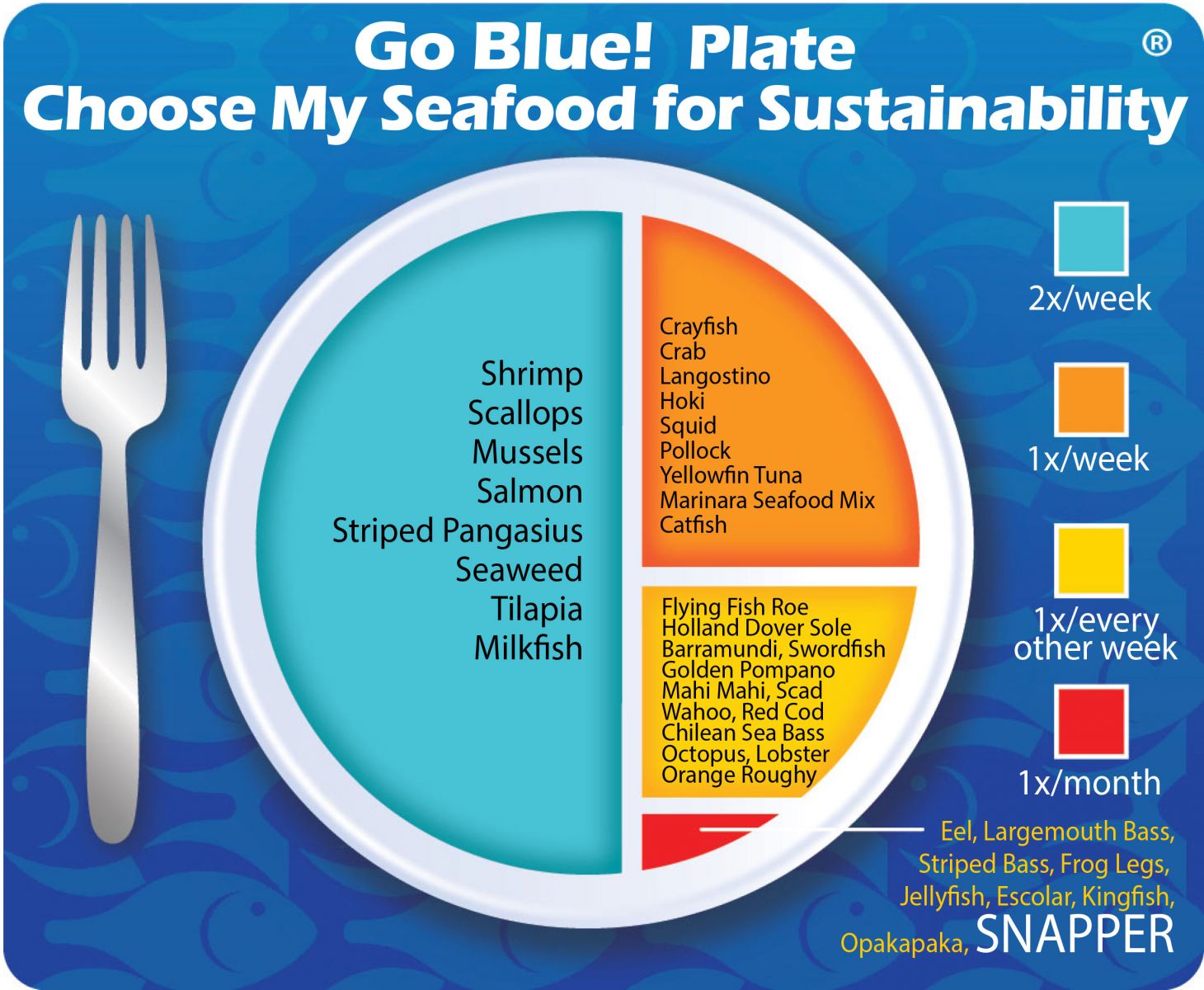
Sustainability Improvements NeededComprehensive reef fish management plans are a must, as well as plans for proper oversight of harvesting, enforcement of fishery regulations, and monitoring and assessing levels of protected, endangered, and threatened species bycatch and catch of undersized (immature) fish. Improved collection of landings data is needed.
Actions that Sea Port is UndertakingIndonesia is comprised of over 17,000 islands stretching over nearly 4000 miles between the Pacific and Indian Oceans and Sea Port is currently working with suppliers to start the process of collecting vessel identification, catch methodology, and catch area information in this vast island nation. This is the correct fisrt step to take to attempt to gather vital data to feed the needed emergence of fishery management. Sea Port will update concerning positive sustainability mprovements for this fishery as they occur. Sea Port believes that, in aggregate, choosing from a diverse variety of seafood is better for sustaining the world’s seafood resources and Snapper should be a part of this variety. We created the sustainability assessments for each of our seafood items in order to reveal the existing and potential environmental impacts and risks that are associated with producing them for human consumption. This allowed us to establish the starting position for each of our seafood items along our progressive Go Blue! Seafood Sustainability Spectrum®. These assessments are only a single snapshot in time and because of this, we will continue to assess and update the critical sustainability needs associated with our supply sources and issue updates to the Go Blue! Seafood Sustainability Spectrum® as needed. There is a growing global awareness for the need to assure the sustainability of farmed and wild caught seafood and because of this; all around the world positive changes are rapidly occurring at all levels of the seafood supply chain. We will continue to spread this growing awareness and work with our many industry partners to improve the sustainability of all seafood, which we believe is the ideal protein of choice to feed an ever growing world population. Our Go Blue! Seafood Sustainability Spectrum® serves as our compass and yardstick as we strive to move all our products forward to becoming more sustainable. Please join us in this committed quest and Catch Our Wave® to sustainability by choosing a diverse variety of responsibly produced seafood as part of your diet.
|

